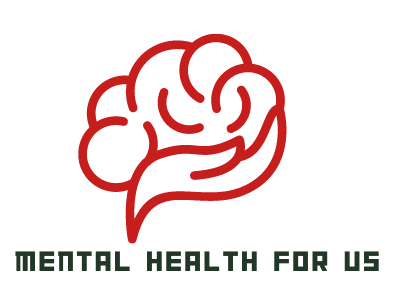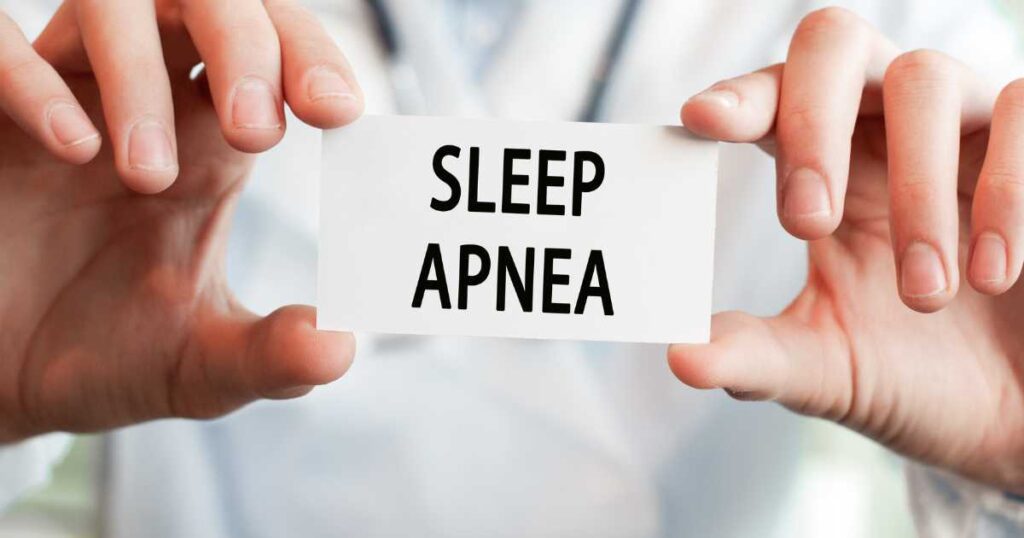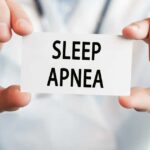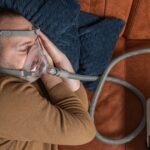Introduction
The link between sinus health and sleep apnea has sparked interest in novel treatments for both conditions. Sleep apnea patients may benefit from balloon sinuplasty, a minimally invasive procedure that clears sinuses and improves airflow. This article examines can balloon sinuplasty help sleep apnea, including its potential benefits and drawbacks as a treatment for respiratory health and sleep quality. Sinus issues can cause breathing problems during sleep. However, medical advice and individual assessment are necessary before considering Balloon Sinuplasty or other sleep apnea treatments.
Can Balloon Sinuplasty Help Sleep Apnea?
Finding effective obstructive sleep apnea treatments can improve quality of life. Many people with sleep apnea also have chronic sinus issues, so balloon sinuplasty, a minimally invasive sinus procedure, may help. By studying the relationship between balloon sinuplasty and sleep apnea, people may be able to better understand how these two conditions are related and whether this treatment could help them.
Kaplin’s Theory of Nasal Obstruction & Sleep Disorders
Kaplin’s nasal obstruction theory links nasal airway resistance to sleep disorders like obstructive sleep apnea (OSA). Deviated septums, enlarged turbinates, and nasal polyps can increase airflow resistance. This increased resistance can disrupt sleep patterns and cause sleep apnea.
Surgical nasal obstruction removal, such as septoplasty or turbinate reduction, can benefit patients with and without OSA. Addressing nasal obstructions can help OSA patients tolerate continuous positive airway pressure (CPAP) or oral appliances by improving airflow resistance. Non-OSA patients can improve nasal airflow and reduce sleep disorder risk with surgery.
Surgery to remove nasal obstructions improves airflow resistance and CPAP or oral appliance tolerability for sleep disorder patients. This emphasizes the importance of including nasal obstructions in sleep disorder treatment, especially OSA.
Other Potential Benefits to Patients Suffering from Obstructive Sleep Apnea
Obstructive sleep apnea patients may benefit from nasal and sinus surgery. Nasal surgery can improve airflow through the nasal passages by treating nasal congestion, deviated septum, and enlarged turbinates, improving sleep quality and reducing sleep apnea symptoms. This can reduce daytime sleepiness, improve alertness, and improve patient quality of life.
Additionally, sinusitis surgery can improve sleep and fatigue in both conditions. Obstructive sleep apnea and sinusitis can cause fatigue and exhaustion, but sinus surgery can reduce sinus infections and improve sleep quality.
In summary, nasal and sinus surgery may improve sleep quality, reduce symptoms, and relieve severe sleep issues in obstructive sleep apnea patients. Individuals with these conditions should consider nasal and sinus surgery to improve their health and well-being.
Sleep Apnea
Sleep apnea causes shallow or paused breathing. These pauses can last seconds to minutes and happen throughout the night. Loud snoring, gasping for air, daytime sleepiness, morning headaches, irritability, and concentration problems are symptoms of sleep apnea.
CPAP, oral appliances, and surgery can treat sleep apnea. A machine supplies a steady stream of air through a mask to keep the airways open during sleep with CPAP therapy.
Sinusitis causes sinus inflammation and swelling, causing facial pain, pressure, congestion, and trouble breathing through the nose. Sinusitis can cause nasal congestion and obstructed airflow, worsening sleep apnea symptoms.
Sinus surgery may improve nasal airflow and reduce sleep apnea symptoms in some patients. Treating sleep apnea and sinusitis together can improve sleep and daytime functioning.
Balloon Sinuplasty
Balloon Sinuplasty treats chronic sinusitis with minimal surgery. A small, flexible balloon catheter opens blocked sinus passages and restores sinus drainage. The balloon is carefully guided into the blocked sinus opening and gently inflated to widen the passage. This reduces chronic sinusitis symptoms like facial pain, pressure, congestion, and breathing problems. Local or general anesthesia is used for balloon sinuplasty, which takes one to two hours. For chronic sinusitis patients, it has a shorter recovery time, less post-operative discomfort, and less scarring than traditional sinus surgery.
How Does Balloon Sinuplasty Work?
Minimally invasive balloon sinuplasty opens blocked sinus passages to improve drainage and airflow. In the procedure, a small, flexible balloon catheter is inserted into the sinus and gently expanded. This process restructures and widens sinus openings, improving drainage and sinus function.
Local anesthesia is used for balloon sinuplasty, a quick in-office procedure with minimal downtime. Balloon Sinuplasty does not remove bone or tissue, reducing complications and speeding recovery.
This procedure has been shown to relieve chronic sinusitis and other sinus issues for years, improving symptoms and quality of life. Balloon Sinuplasty is a safe and effective alternative to sinus surgery that uses balloon dilation to treat sinus issues.
Benefits of Balloon Sinuplasty vs. Traditional Procedures
Compared to sinus surgery, balloon sinuplasty has many advantages. This minimally invasive sinus surgery preserves sinus anatomy, speeding recovery and reducing complications. Instead of cutting bone and tissue, balloon sinuplasty gently opens blocked sinus passages with a specially designed balloon. The Sleep and Sinus Centers of Georgia’s balloon can straighten a patient’s septum, improving breathing and airflow. This novel sinus surgery method reduces post-surgery complications and improves safety. Balloon sinuplasty is more comfortable and effective for chronic sinus patients due to its minimally invasive nature and preservation of sinus anatomy.
Risks and Complications Associated with Balloon Sinuplasty
Chronic sinusitis treatment with balloon sinuplasty is safe and effective. Like all medical procedures, it has risks and complications. Minor pain, bleeding, infection, and sinusitis recurrence are risks. Sinus or surrounding structure damage, cerebrospinal fluid leak, vision problems, and severe anesthesia or medication allergies are rare but serious side effects.
Balloon Sinuplasty has fewer risks and complications than traditional sinus surgery. Traditional surgeries may cause bleeding, infection, and tissue damage and take longer to recover. Traditional sinus surgeries may also cause scarring and sinus anatomy changes. Since balloon sinuplasty is minimally invasive, it has fewer risks and complications. However, patients should discuss all risks with their doctor before the procedure.
Conclusion
This article intended to answer that can balloon sinuplasty help sleep apnea. In conclusion, Balloon Sinuplasty’s potential to treat sleep apnea shows how sinus health affects respiratory health during sleep. This minimally invasive procedure may help sinus issues that cause sleep apnea, but patients should consult a doctor first. The relationship between sinus health and sleep apnea is complex, and Balloon Sinuplasty may work differently for different people. Healthcare professionals must evaluate extensively to determine the best and most personalised treatment. As research and medicine advance, collaboration with healthcare providers is essential for sinus health and sleep apnea management.
FAQs
Can nose breathing cure sleep apnea?
Nose breathing does not cure all sleep apnea. While nasal breathing helps maintain airflow, sleep apnea has many causes. A comprehensive treatment may include lifestyle changes, positional therapy, CPAP, or surgery.
Can sleep apnea be fixed with a nose job?
Nose job or rhinoplasty does not cure sleep apnea. Rhinoplasty may help improve nasal airflow, but sleep apnea is a complex condition with upper airway, tongue, and throat issues.
Will sinus surgery help sleep apnea?
A sinus surgery may help sleep apnea symptoms if it causes breathing problems during sleep. However, effectiveness varies, so it’s important to consult with healthcare professionals for a thorough evaluation and customized treatment plan based on sleep apnea’s causes.







